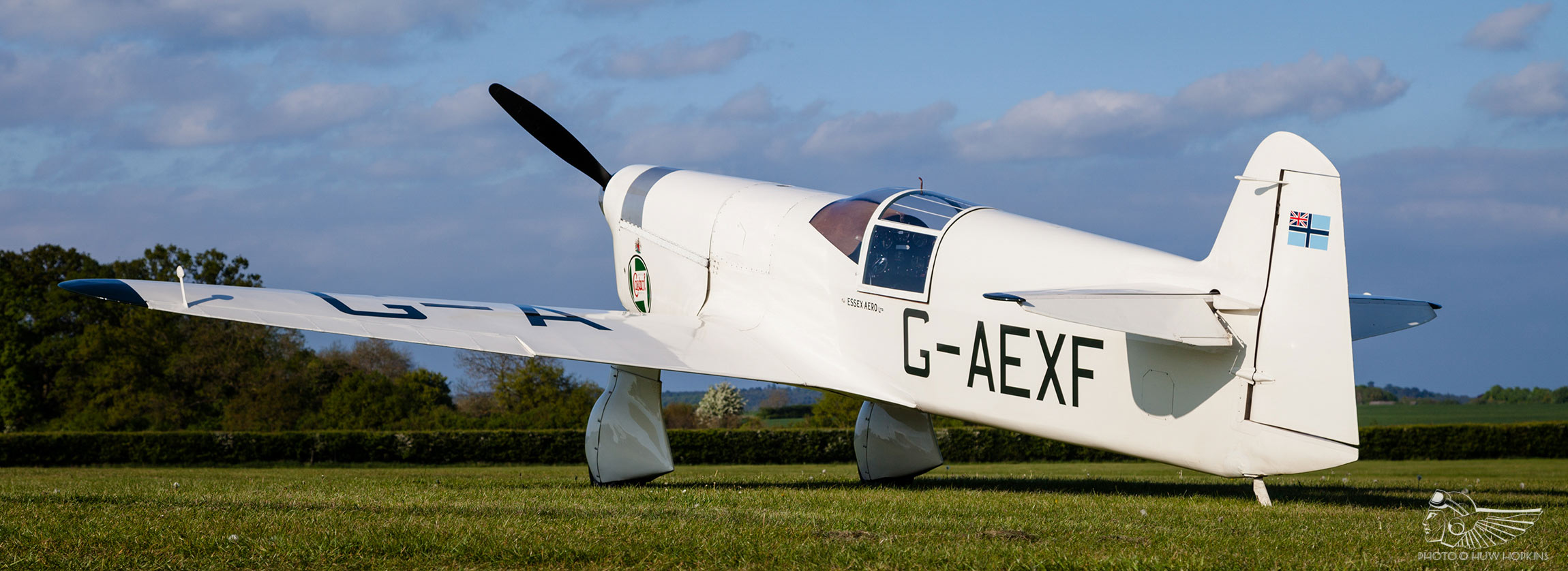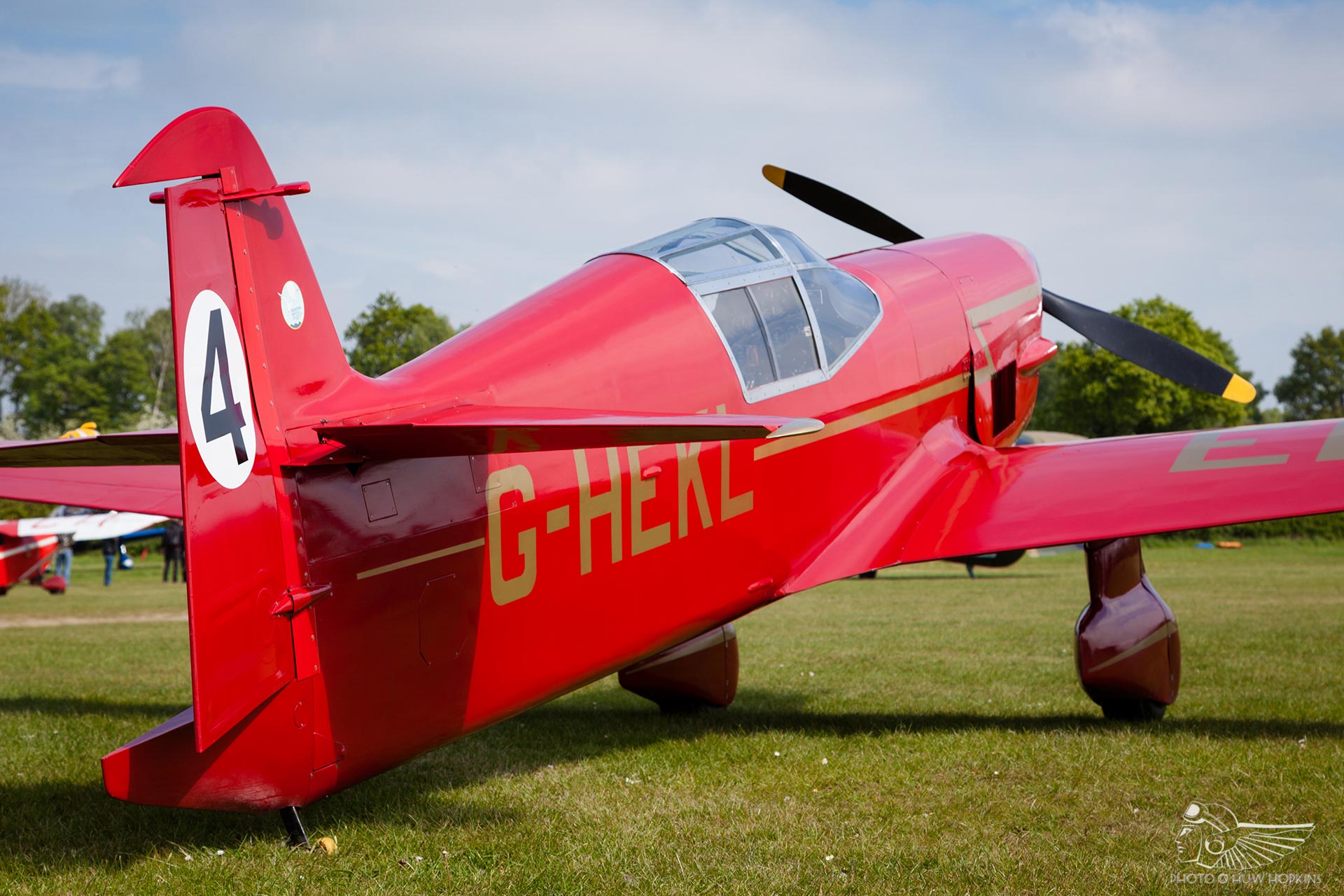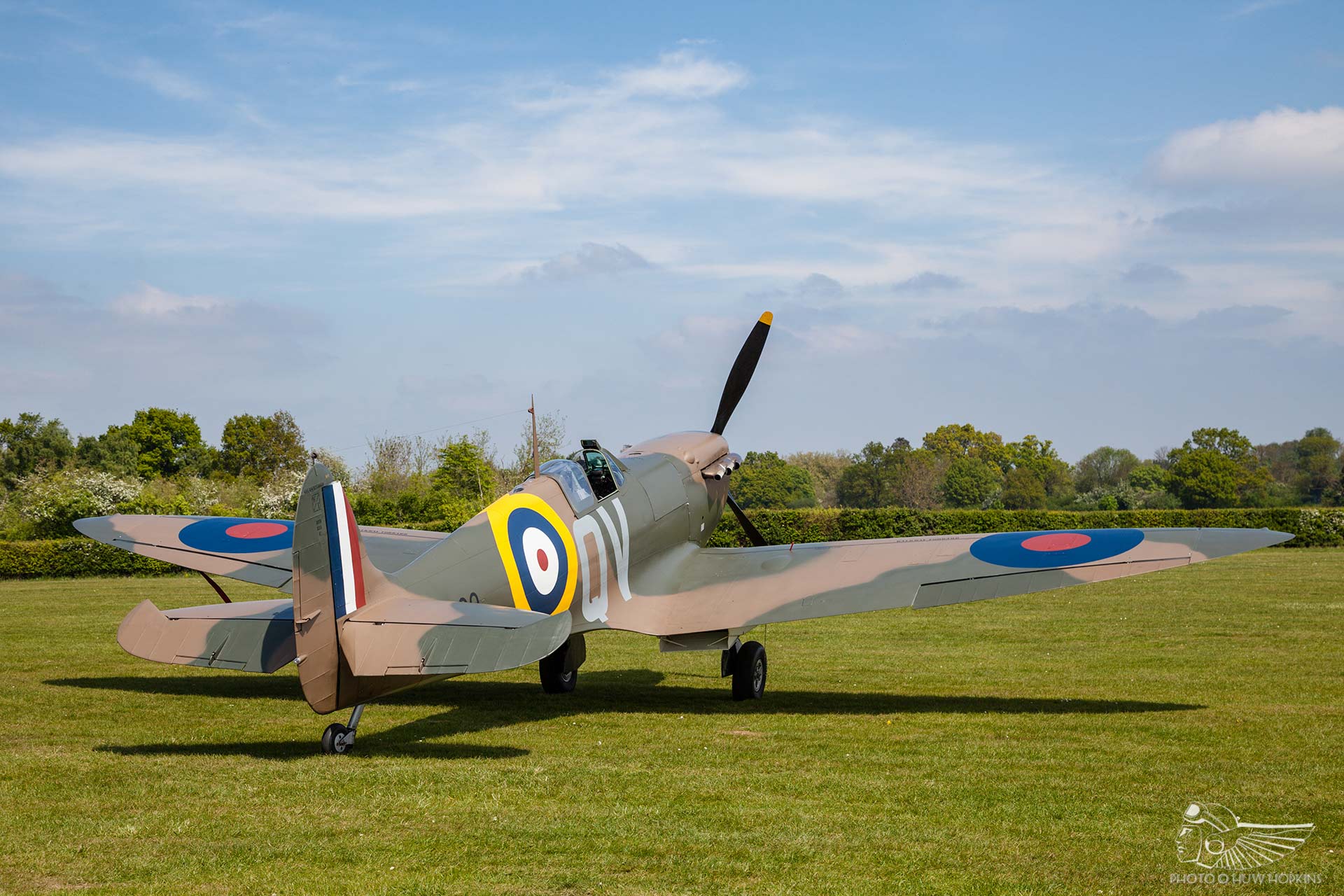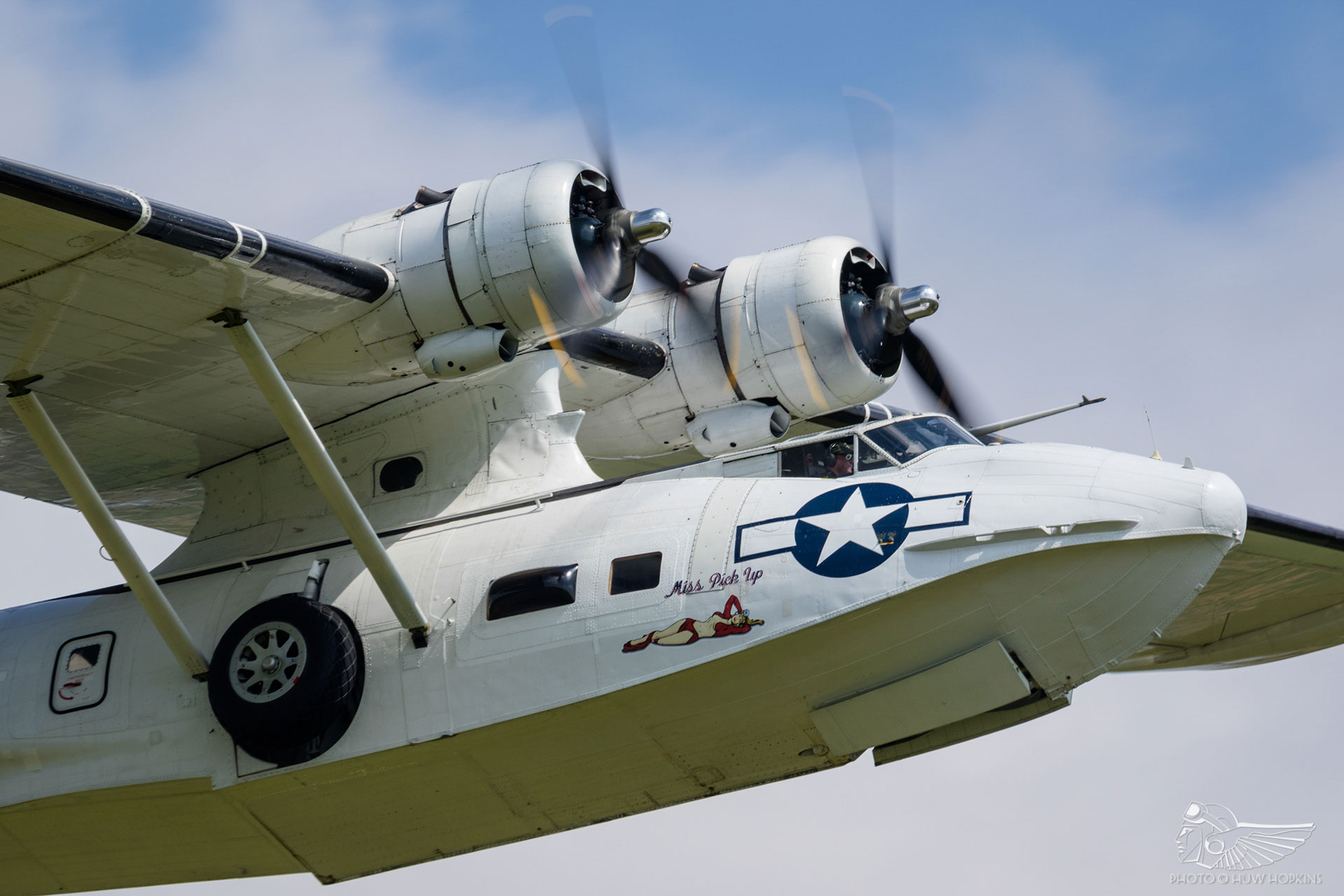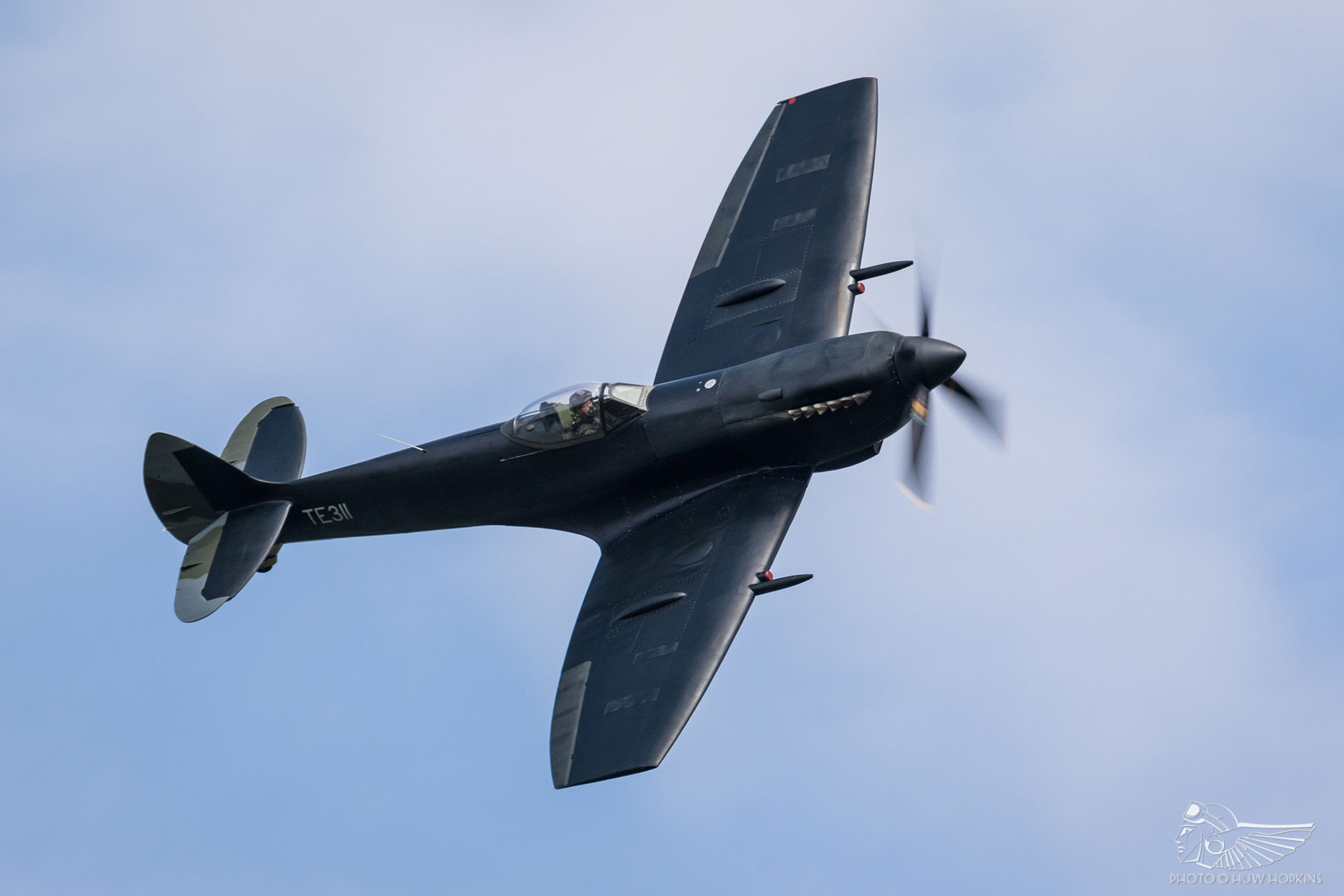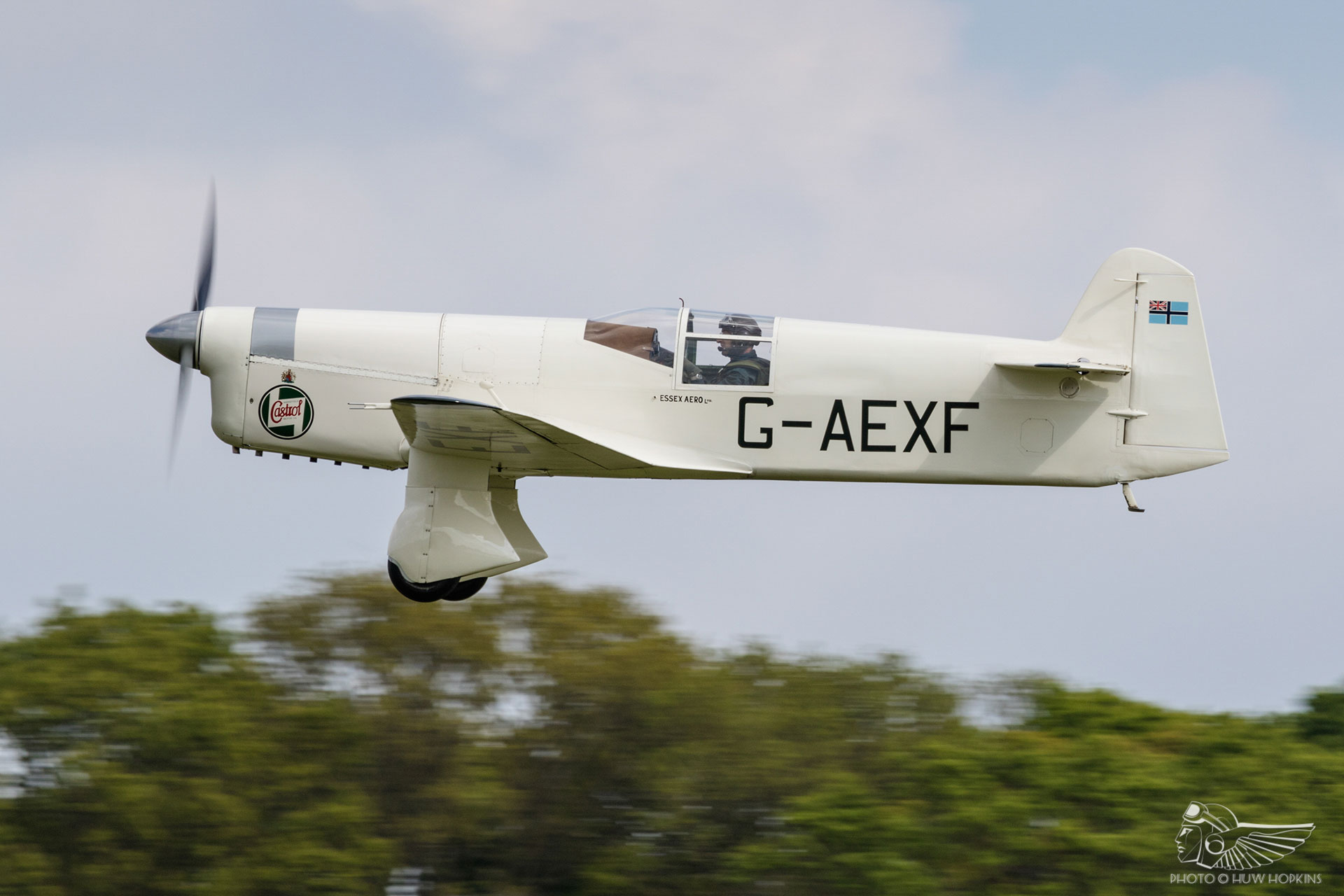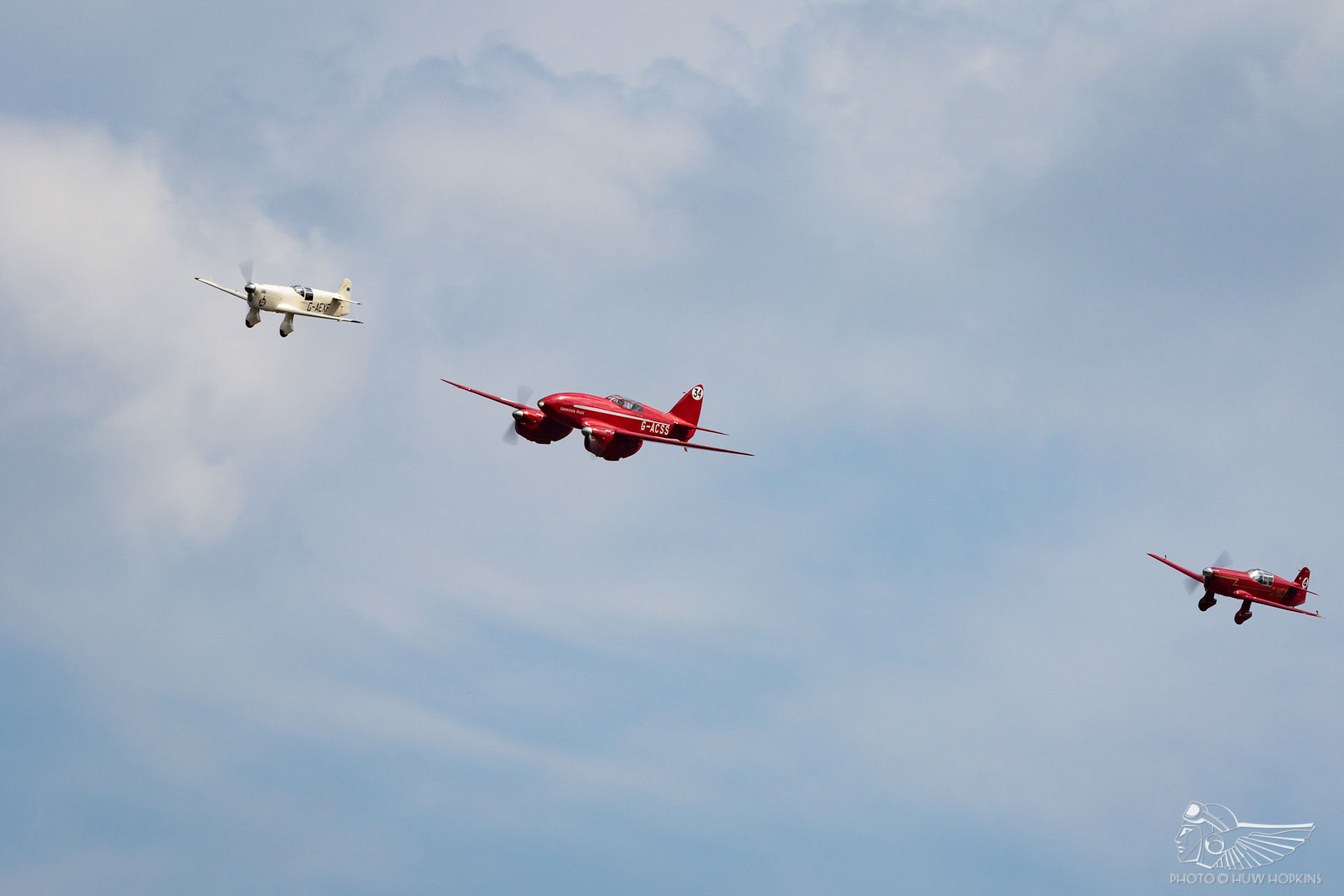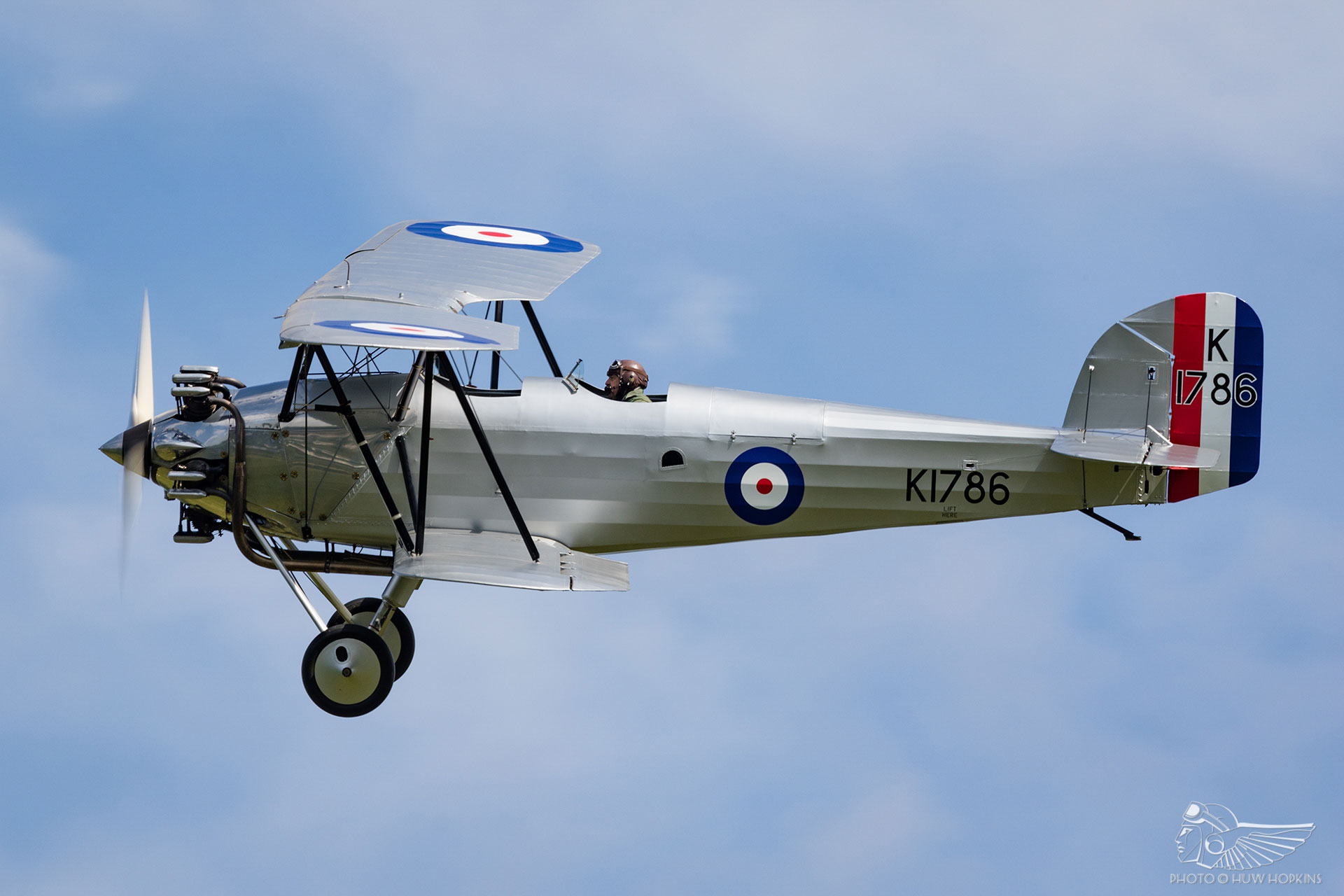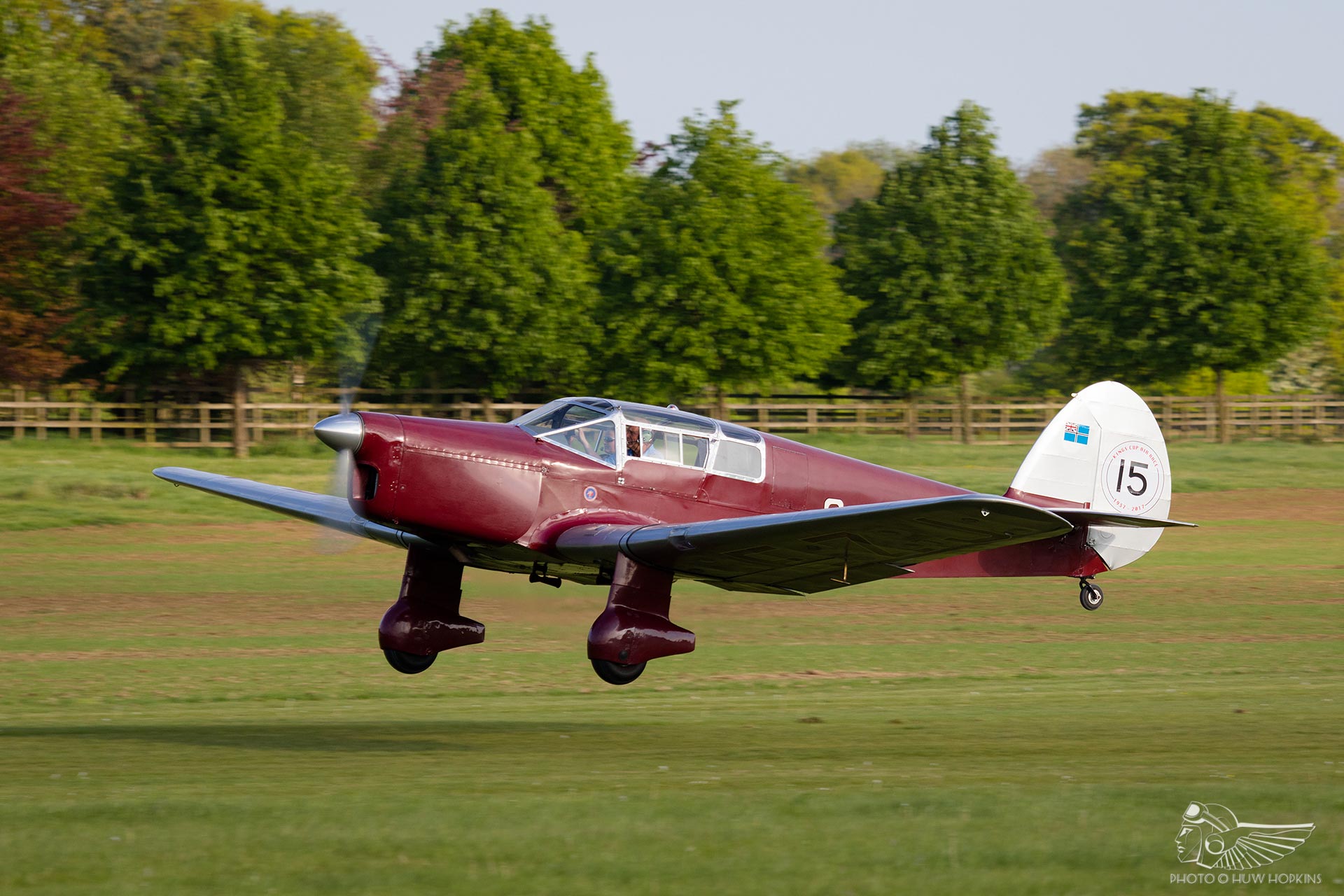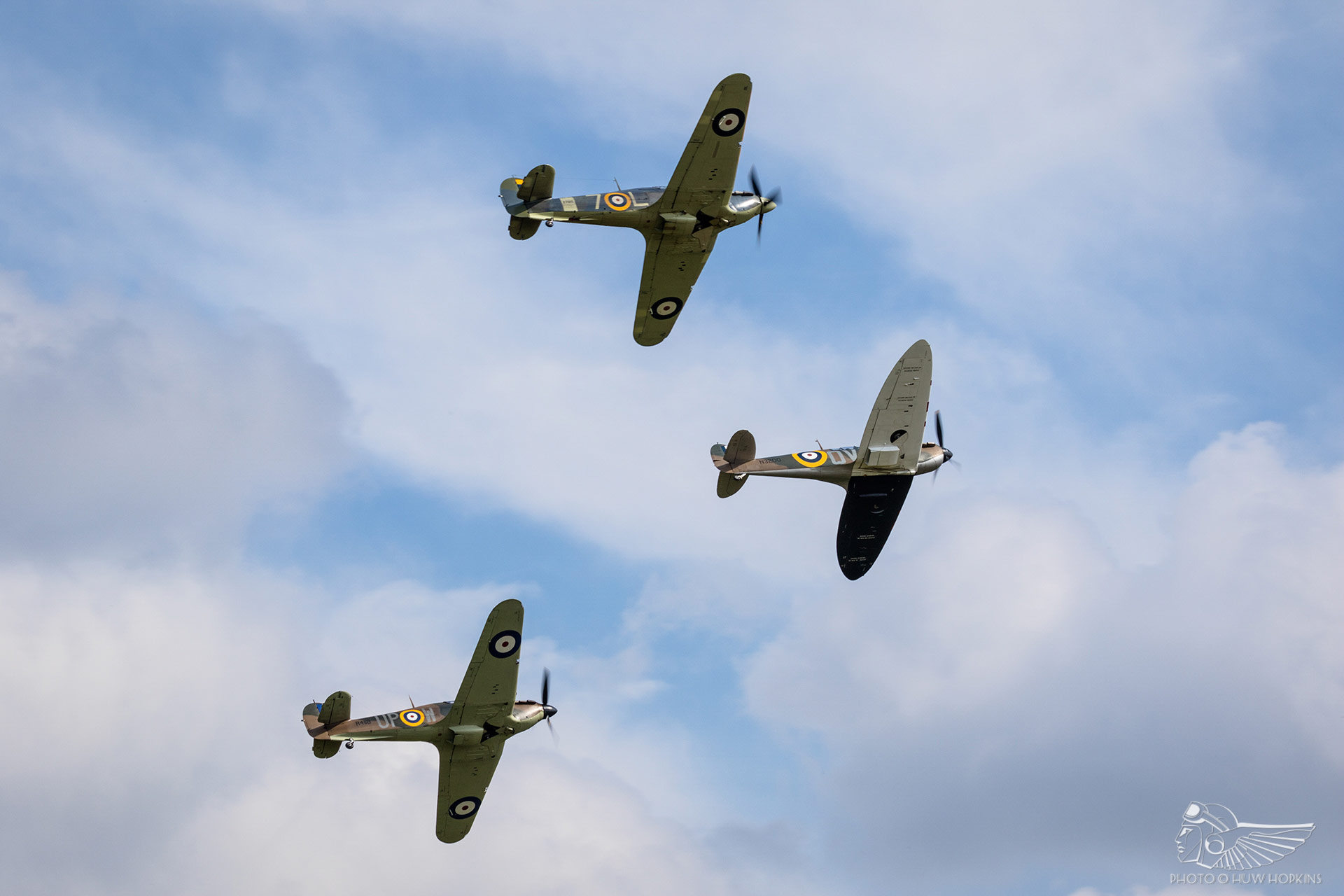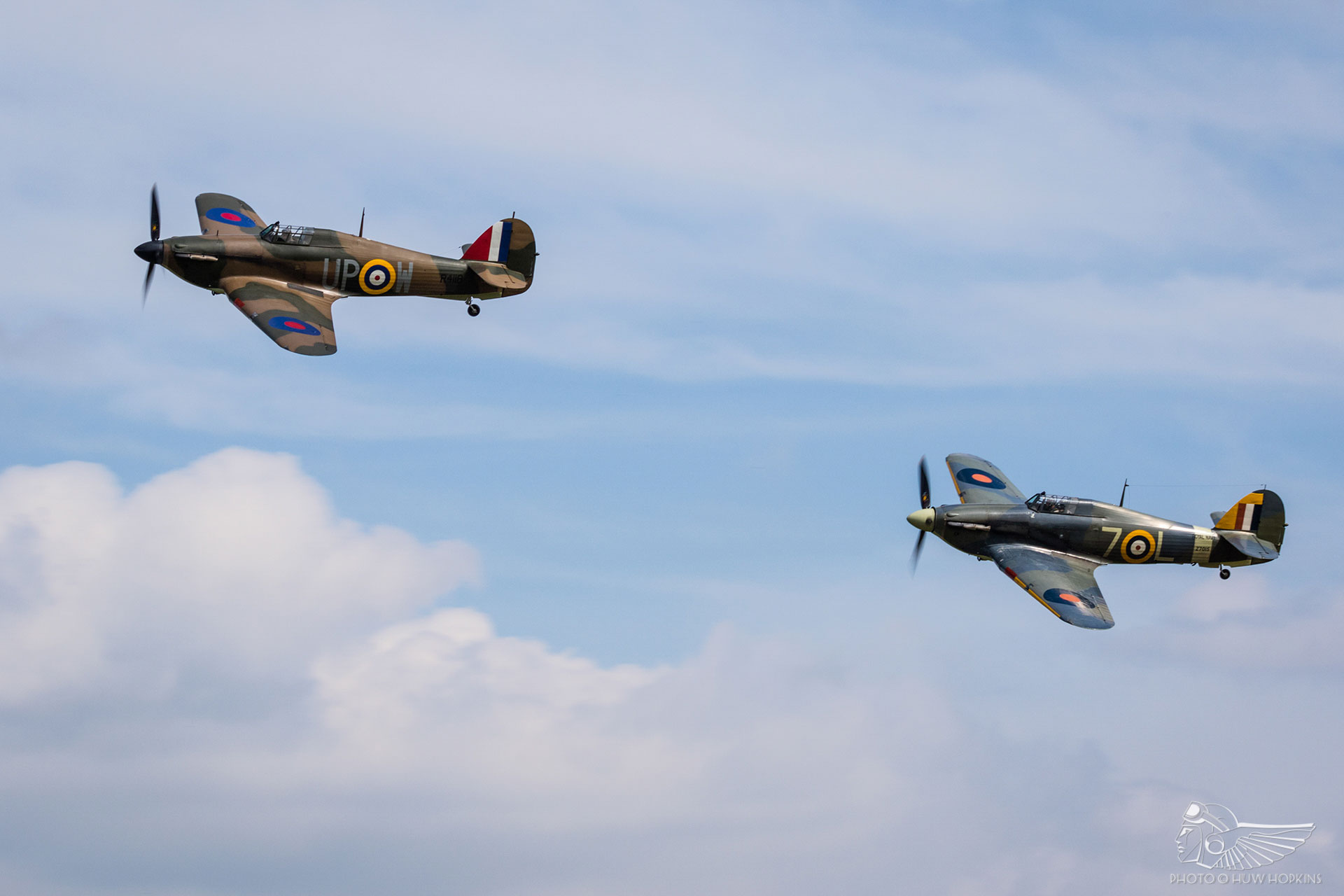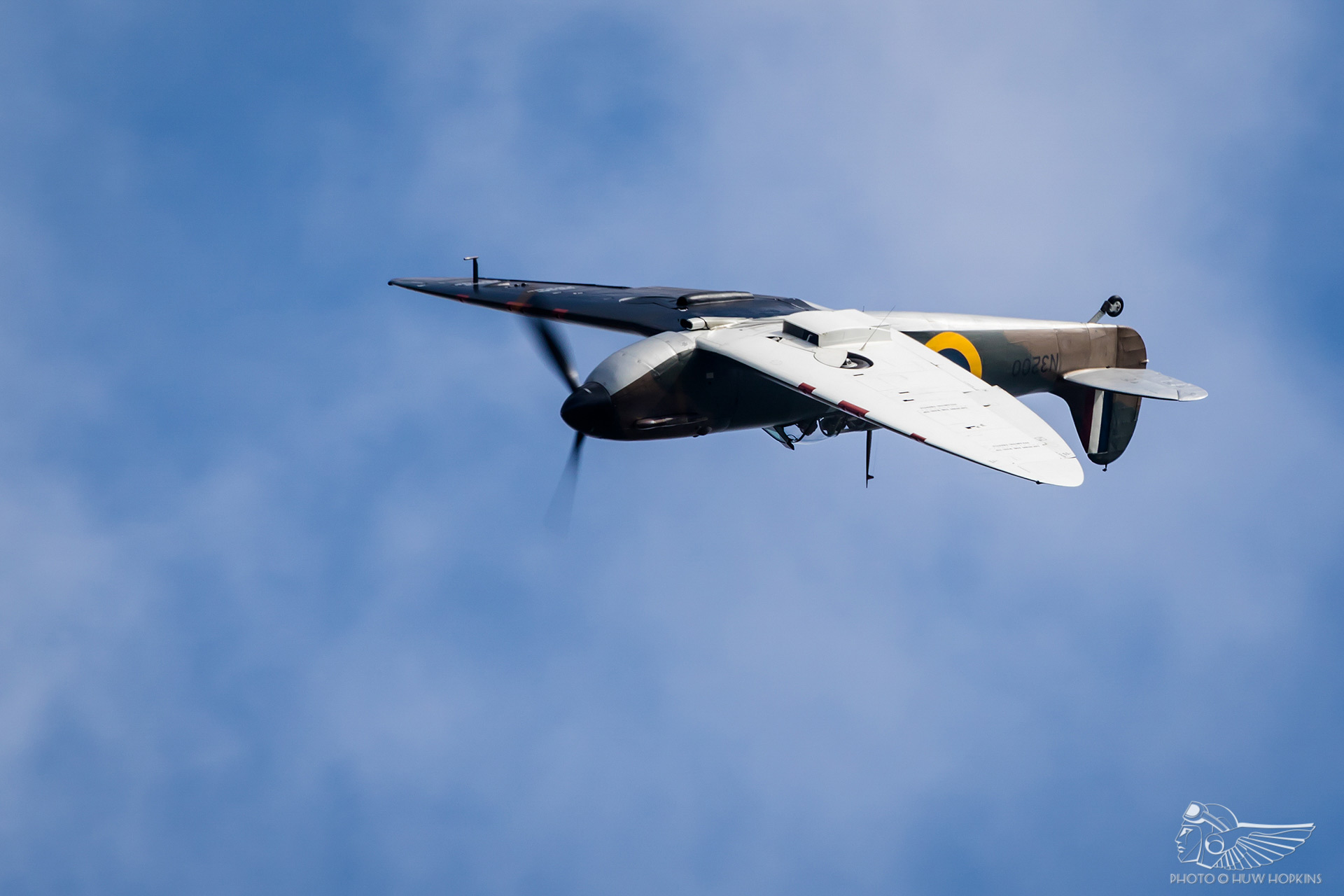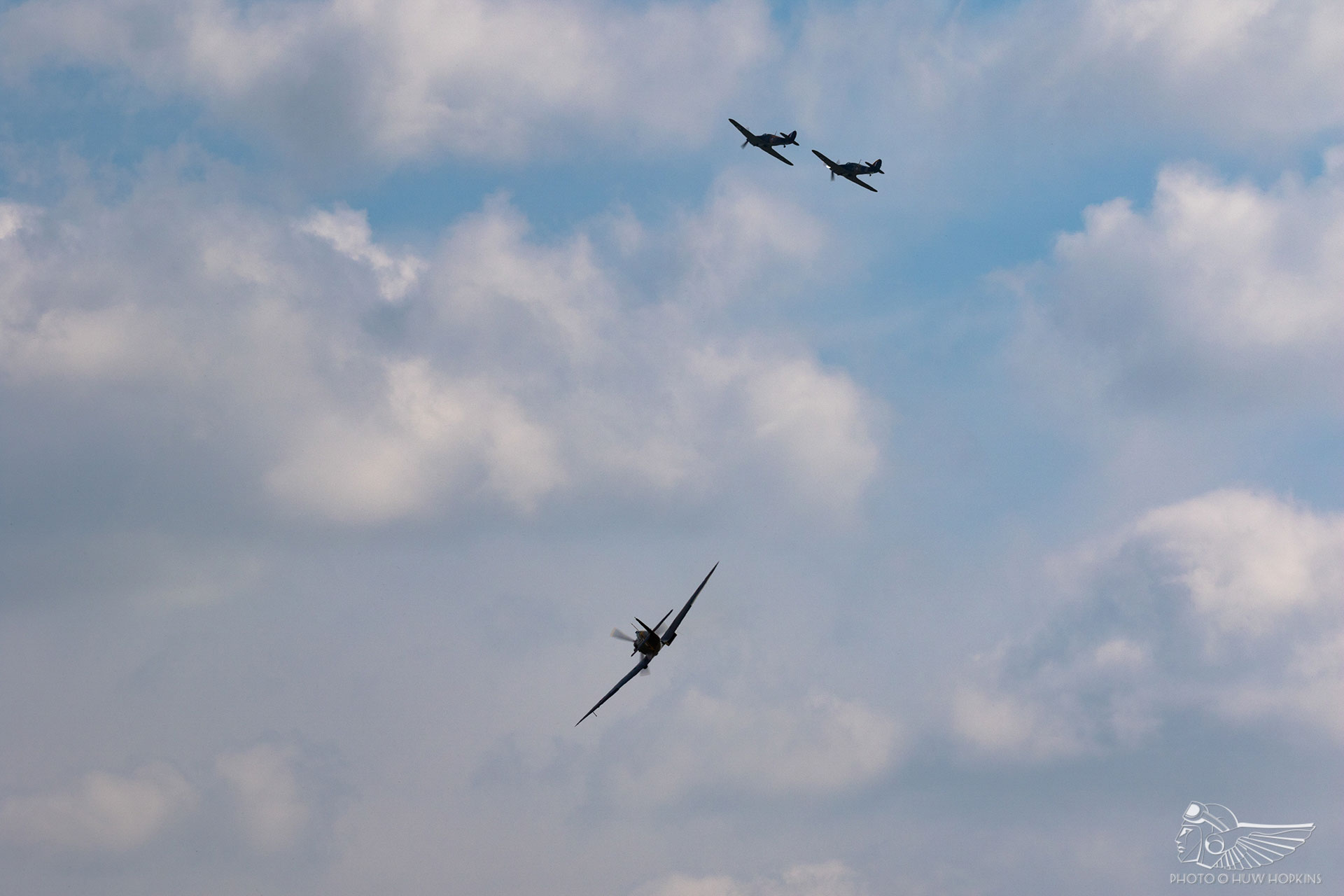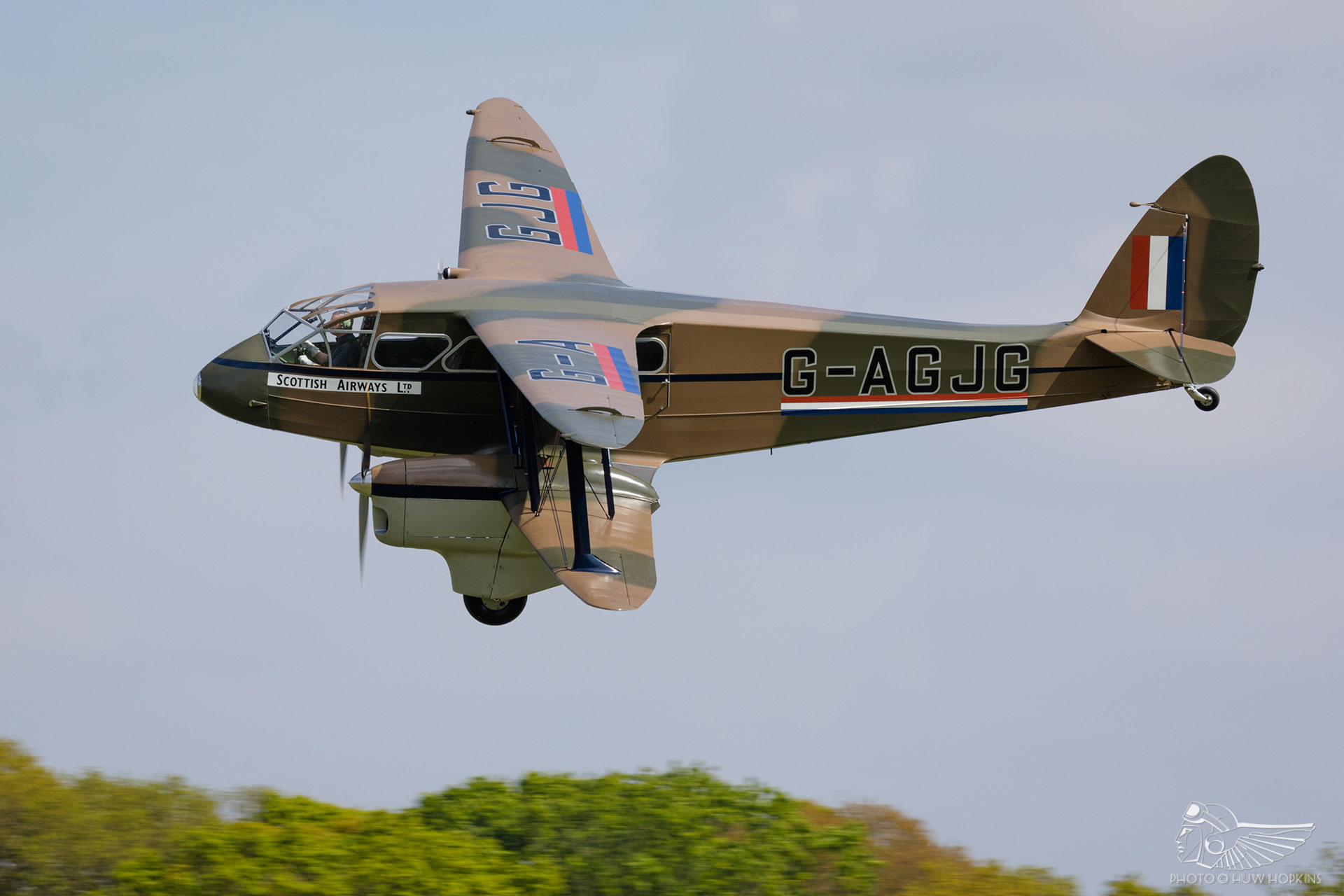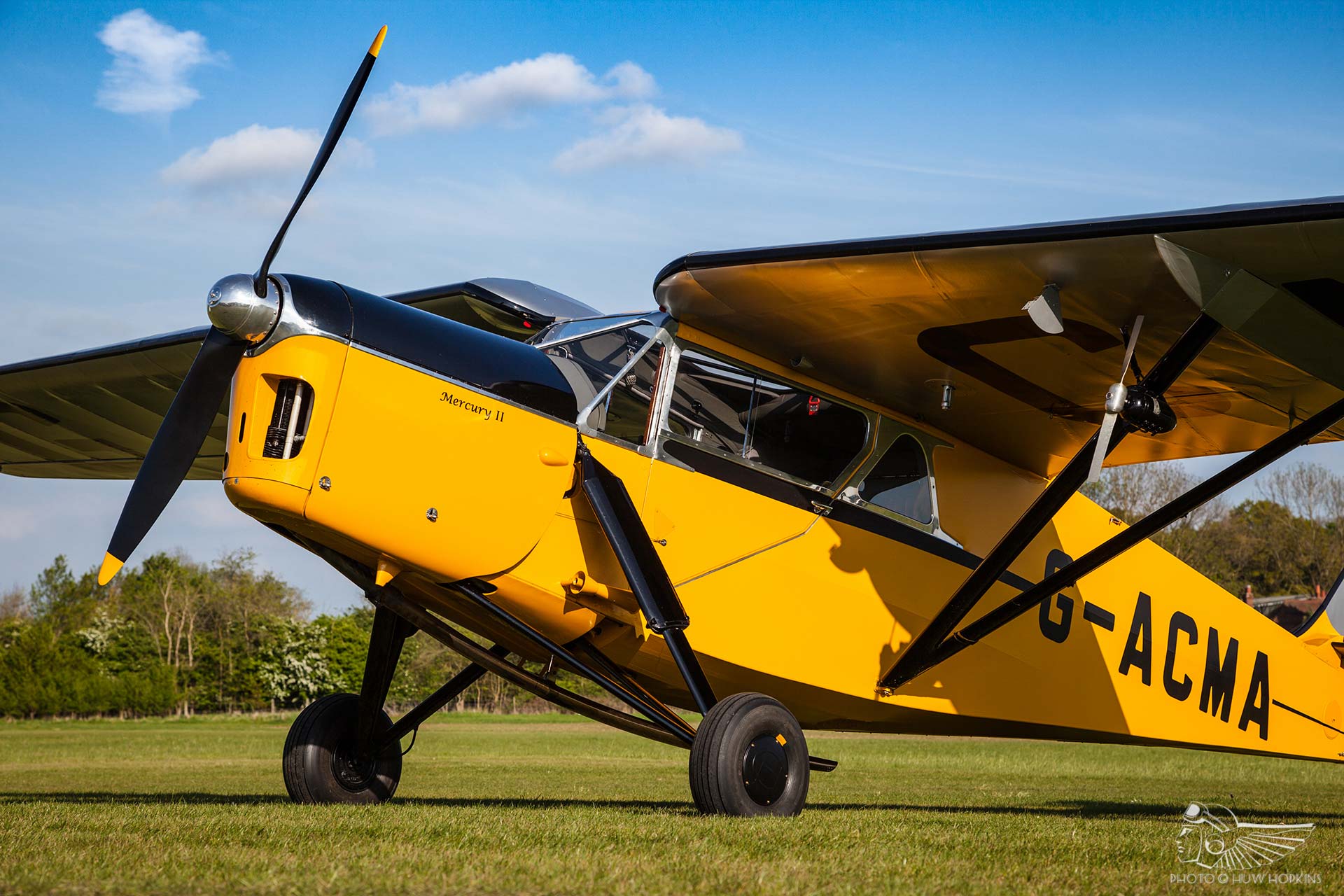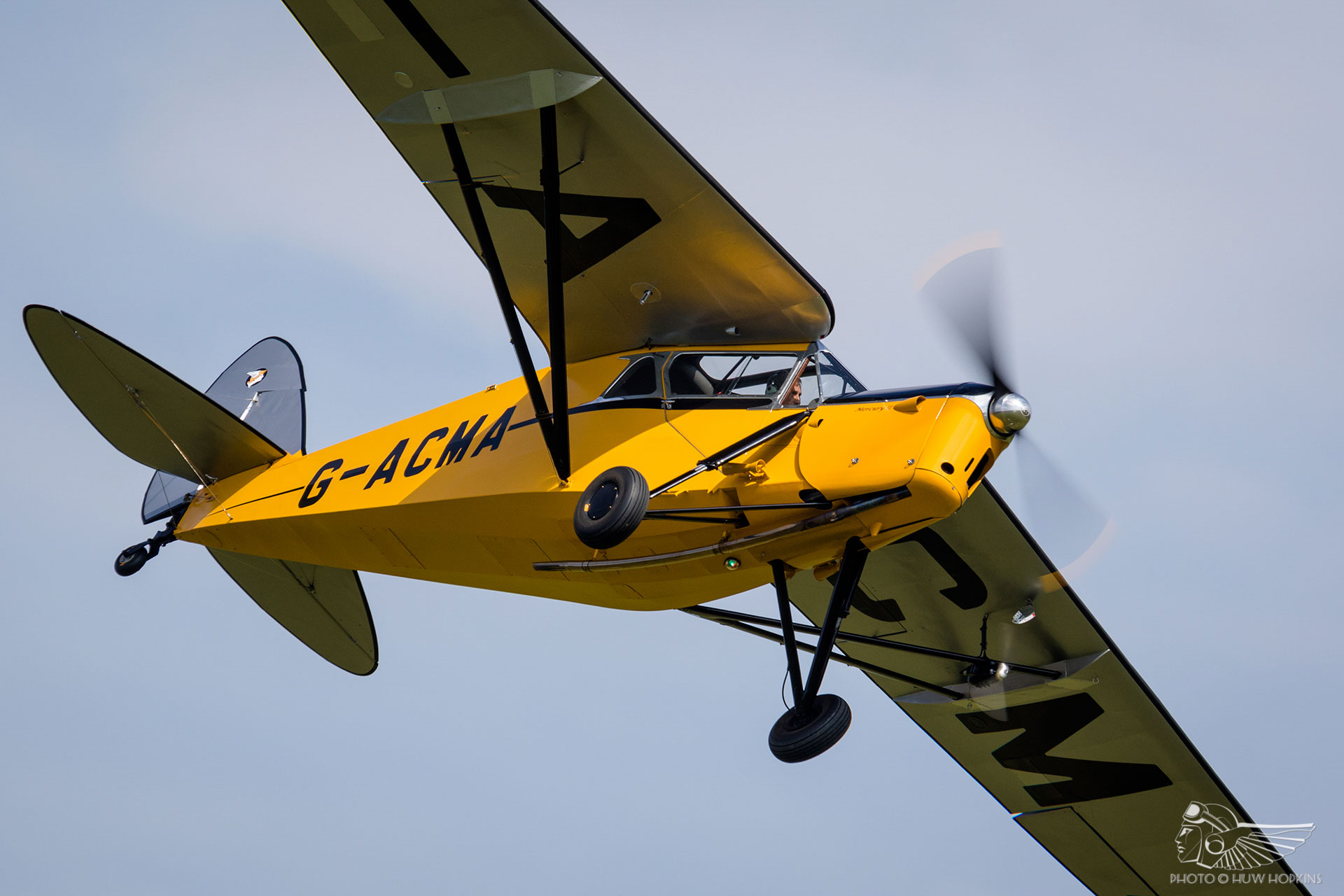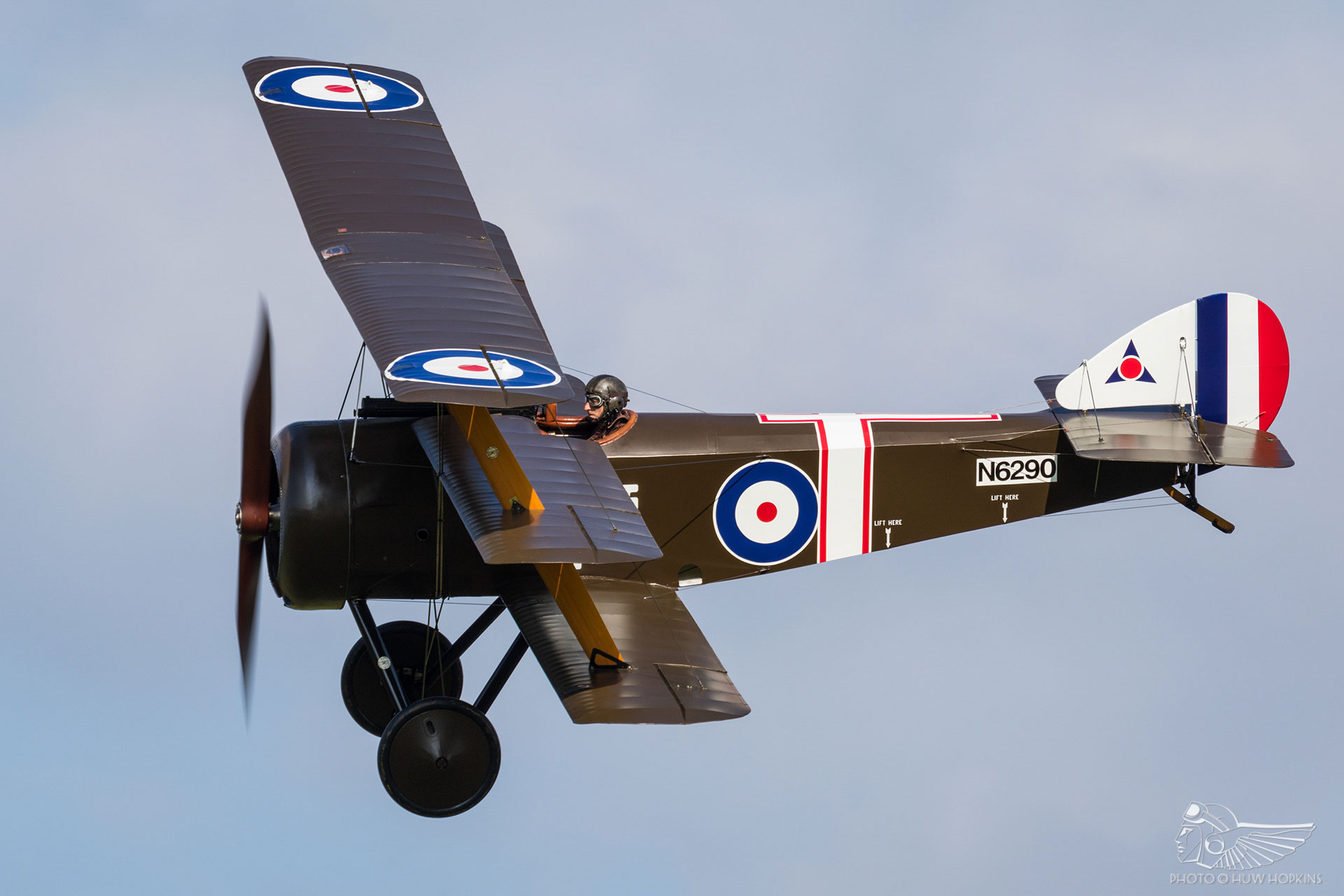Favourable weather conditions, a varied flying programme and a homely “beginning of term” atmosphere made The Shuttleworth Collection’s Season Premiere a memorable way to start the 2017 UK airshow season.
There has been much to celebrate at Old Warden over the last three years. Improvements can be noted across the board, with The Shuttleworth Collection investing in a full rebrand and substantial on-site renovations, not least the resurfacing of the hangar base area, now far more visitor-friendly than the loose stones and chippings the tarmac replaced. The net result is that Old Warden has undergone some much needed subtle modernisation to bring the museum up to standards befitting of an internationally renowned aeroplane collection and airshow venue, without losing any of the aerodrome’s unique charm.
The 2016 Season Premiere was held in the wake of the Civil Aviation Authority (CAA)’s introduction of restrictive new regulations for all airshow venues and participants. That show, unfortunately, is remembered for the implementation of new display lines which saw the majority of the aeroplanes flown at high altitude over the trees some 230 metres away, sapping the life out of each display and neutering the intimacy that made air displays at Old Warden so special.
Thankfully, Shuttleworth persevered and worked extensively with the CAA to demonstrate that air displays could be safely flown using a closer display line, and as such, in July 2016 Old Warden was granted an exemption to fly its aeroplanes on a line more akin to the old regulations. Thus, whilst the flying is no longer quite as close as the original 40m line, aeroplanes are permitted to fly at a far more engaging distance to the crowd and in some instances, the difference from the pre-2016 regulations is hardly felt. Indeed, as the Catalina opened the 2017 Season Premiere (more on which later) and Stuart Goldspink put on a powerful Hawker Demon display in the first two slots of the day, memories of last year’s shocking display lines were quickly forgotten.
With all that in mind, there were considerable expectations for the event and credit to The Shuttleworth Collection for delivering a fine afternoon’s aerial entertainment. A solid line-up featuring a smattering of interesting visitors and the usual raft of popular based aeroplanes commemorated the life of aviation legend Alex Henshaw, whilst pleasant conditions on the day allowed for a largely unabated flying programme.
The Henshaw commemoration featured a number of aircraft closely associated with the late racer and test pilot. One of the enduring connections is with the Percival Mew Gull, the diminutive racer famously flown by Henshaw in his record-breaking England to Cape Town flight in 1939. In The Shuttleworth Collection’s aeroplane Henshaw participated in a number of air races pre-war, including a winning performance in the 1938 King’s Cup race where he achieved a speed of 236.25mph in the Mew Gull. The Cape record flight saw Henshaw departing from England and flying across mainland Europe and Africa. By the time he landed back in England, Henshaw’s flight had covered a staggering 12,754 miles.
The Mew Gull was mothballed in France during the Second World War before it returned to the UK, where it participated in – and won – the 1955 King’s Cup air race. The aeroplane passed through multiple owners before it was acquired by The Shuttleworth Collection in October 2013, and it has become a regular and popular display act at Old Warden airshows. The Mew held a prominent position in the Season Premiere flying programme, joining the de Havilland Comet (piloted by Paul Stone) and David Beale’s Mew Gull reproduction (flown by Jean-Michel Munn) for a number of formation passes – the first time the trio has put on a lengthy display together. Successive routines from each aircraft followed, with only the Comet feeling somewhat truncated with a considerably shorter sequence than we have come to expect.
Visiting warbirds have always been popular at Shuttleworth air displays, and in recent years Old Warden crowds have enjoyed notable sequences involving The Fighter Collection’s naval fleet and trios of Supermarine Spitfires. The Season Premiere’s crowning set-piece involved visiting Spitfire Mk.I N3200, owned by the Imperial War Museums and operated by the Aircraft Restoration Company from its Duxford base, flying alongside the Shuttleworth Collection’s Hawker Sea Hurricane Mk.Ib and Hurricane Heritage’s Hawker Hurricane Mk.I R4118 in a standout sequence.
John Romain led the trio through a series of formation passes in the Spitfire, with Frank Chapman and Stuart Goldspink piloting the Hurricanes, before splitting into two elements with the Spitfire performing lyrical solo aerobatics whilst the Hurricanes flew together in close formation. It was here that the display line exemptions were really felt as the fighters carried out their respective routines in tandem, the Spitfire pitching and rolling in front of the crowd as the Hawker pair re-positioned before leaving centre stage for the Hurricanes to overfly the airfield low, close and fast. To conclude the lengthy sequence, Messrs Chapman and Goldspink gave each Hurricane a fine showing with individual solo routines.
Also visiting from Duxford was Plane Sailing’s Catalina, flown by Matt Dearden in his first public display outing, and a very enjoyable routine it was too from the British airshow stalwart. Mark Miller’s de Havilland Rapide also made the short hop from Duxford, flying first in formation with BAe Systems’ Avro XIX before conducting a terrifically spirited solo display. One unusual sight amongst the visiting ranks was the Battle of Britain Memorial Flight’s Spitfire Mk.XVI TE311, displayed in black primer whilst awaiting application of its new camouflage scheme!
Making its debut at the Season Premiere was de Havilland Leopard Moth G-ACMA, lovingly restored by Martin Honeychurch and Peter Vacher and resplendent in a fetching yellow, black and silver paint job. The Moth has certainly enjoyed an active and varied life. From March 1934 the aeroplane was used to promote the National Benzole Company’s fuel products before it was engaged by the Air Ministry, who utilised it as a gunnery trainer with 7 Anti-Aircraft Co-operation Unit at Castle Bromwich. Post-war the Moth was sold back into civilian ownership with the de Havilland Aircraft Company, and was used as a hack by the company’s Chairman, Alan Butler, and his wife. A change of ownership followed in 1953 and G-ACMA passed to Johnny Spiller, who flew the aeroplane in the National Air Races.
The following year, the Moth was flown all over mainland Europe by A. G. Mandois, who carried out almost 100 cross-Channel trips in the aircraft. In the early 1960s, the aircraft was acquired by J. P. Filhol Limited and was used once more as a hack. By the early 1970s, it was being used to ferry its pilot from Cork, Ireland, to Coventry, UK, on a regular basis. Peter Vacher acquired the rather tired Leopard Moth from Stuart Filhol in 2009 and embarked on a seven-year restoration to flying condition. Keith Dennison had the distinction of displaying the aircraft to the public for the first time at Old Warden, putting the cabin Moth through its paces in an energetic sequence.
The Season Premiere also marked the return of an old Shuttleworth Collection favourite, with the much anticipated display of Sopwith Triplane reproduction ‘DIXIE II’, flown by Chief Pilot Dodge Bailey alongside the Sopwith Pup and Bristol F2b. The Triplane came to grief in a landing accident in summer 2014 and has undergone extensive restoration in the Shuttleworth workshops, flying again in early 2017. The aeroplane was manufactured to original specifications by the Northern Aeroplane Workshops in the 1980s and as a testament to the quality of the build, it was declared a ‘late production’ model by Sir Thomas Sopwith. The Triplane’s accident at the 2014 Military Pageant necessitated considerable restoration work by The Shuttleworth Collection’s full-time engineers and volunteers, including the repair of the upper and port lower wings, replacement of the undercarriage and propeller and a full rebuild of the original Clerget 130hp rotary engine. Wonderful to see another First World War type joining the airworthy ranks at Old Warden.
Although wind conditions precluded the Edwardian aeroplanes from getting airborne, the lengthy flying display was nothing if not satisfying – a good mix of visiting acts and perennial based favourites made for a tremendous afternoon of aerial entertainment, and an excellent way to commence what promises to be a landmark year for The Shuttleworth Collection.
![]()


